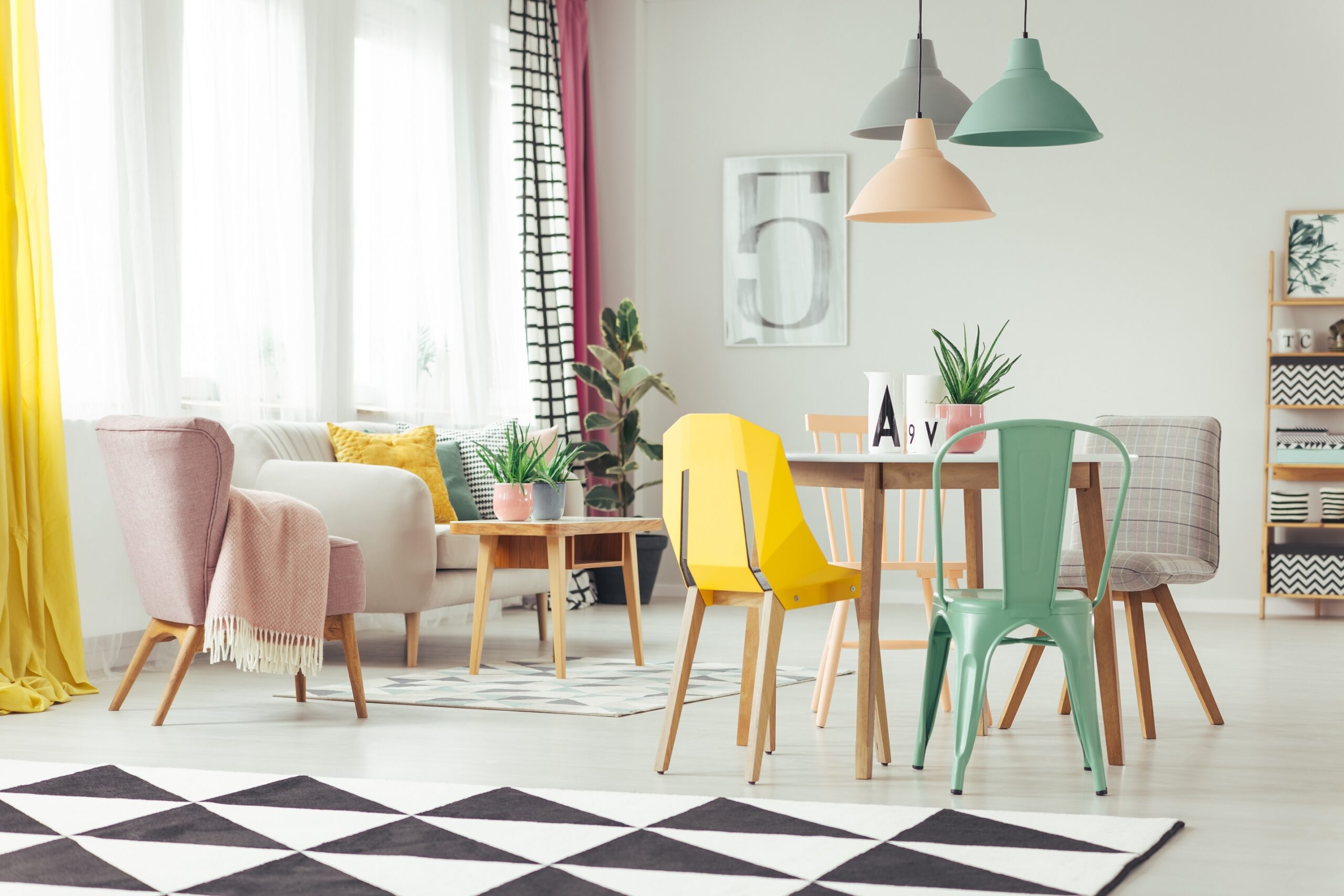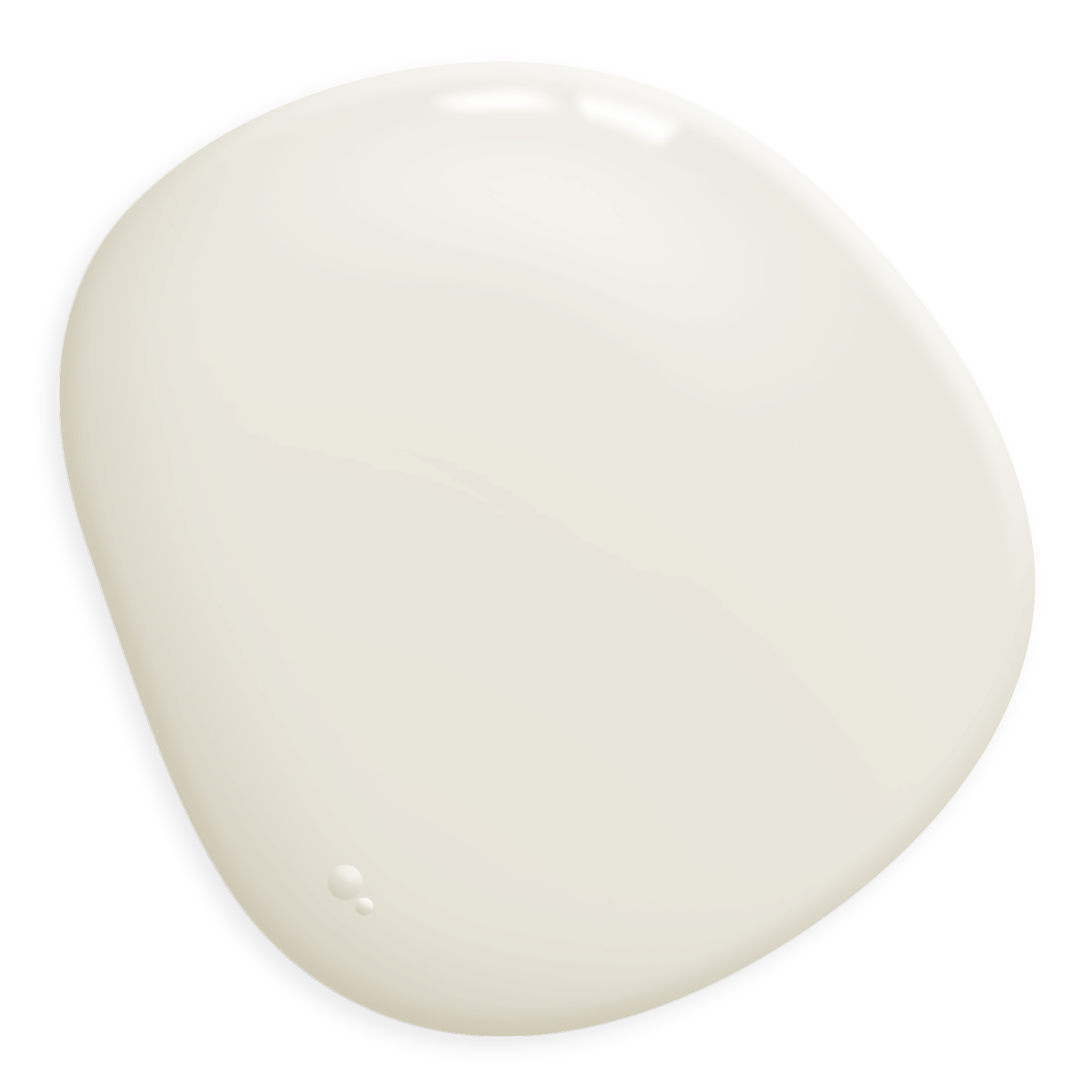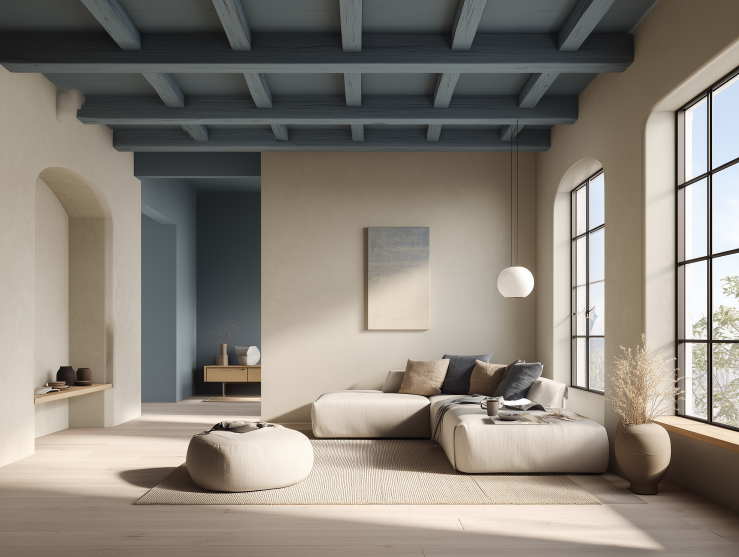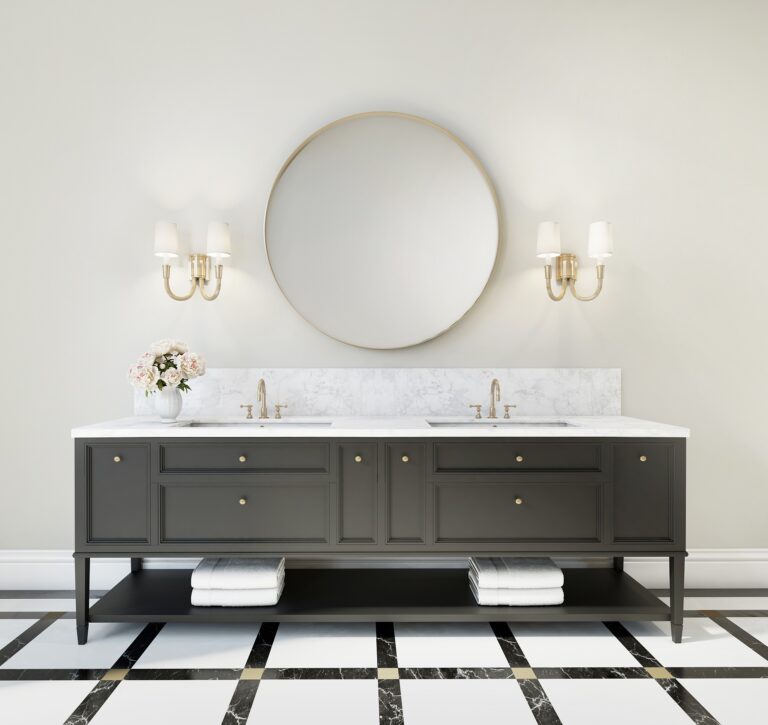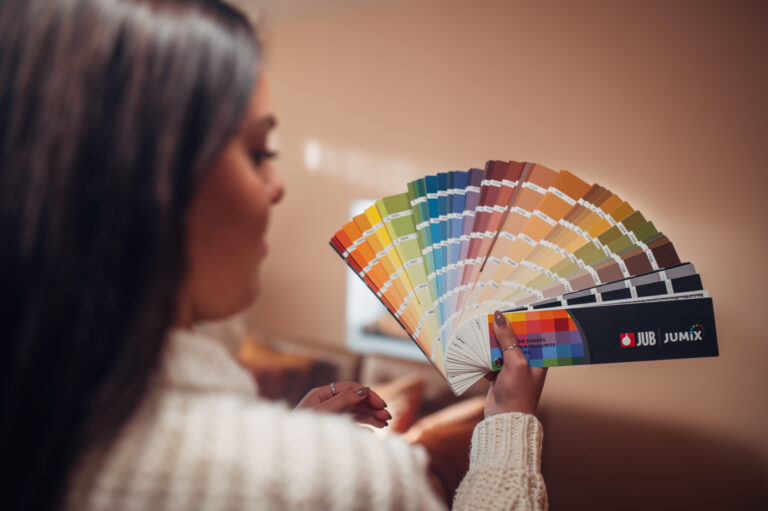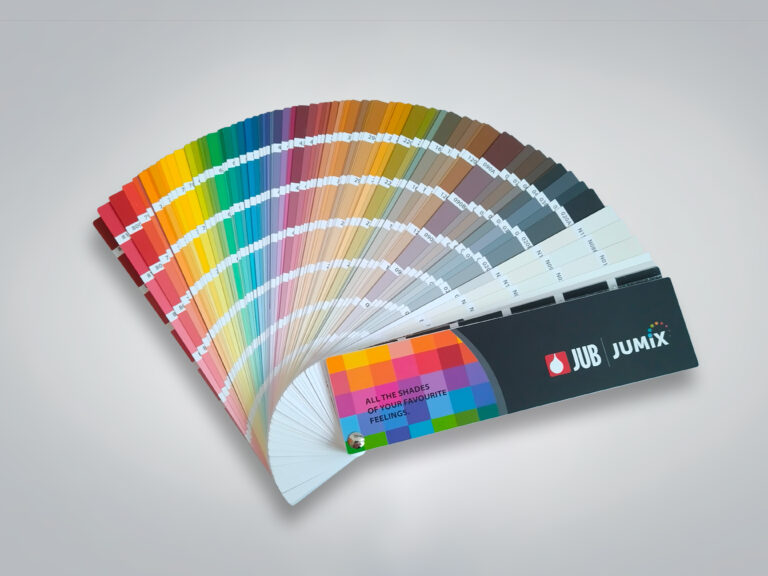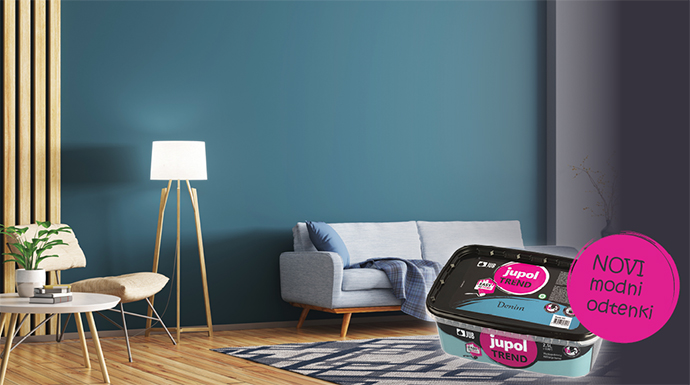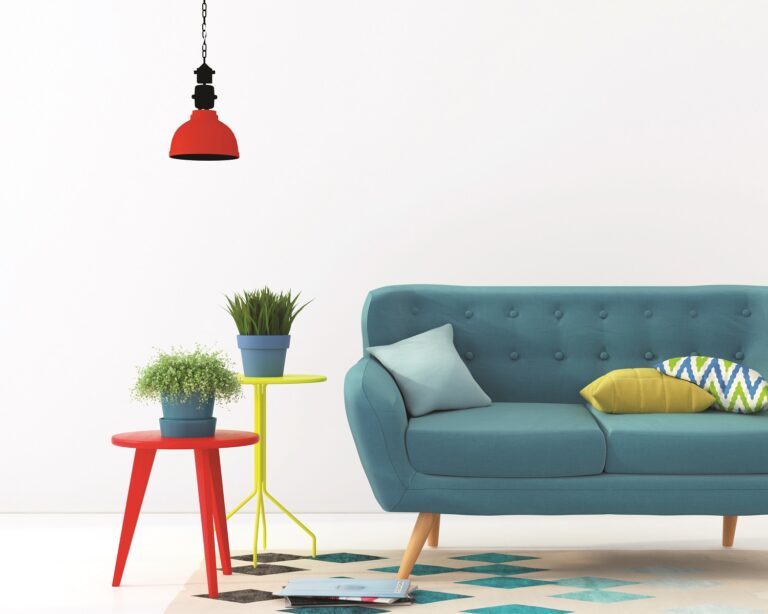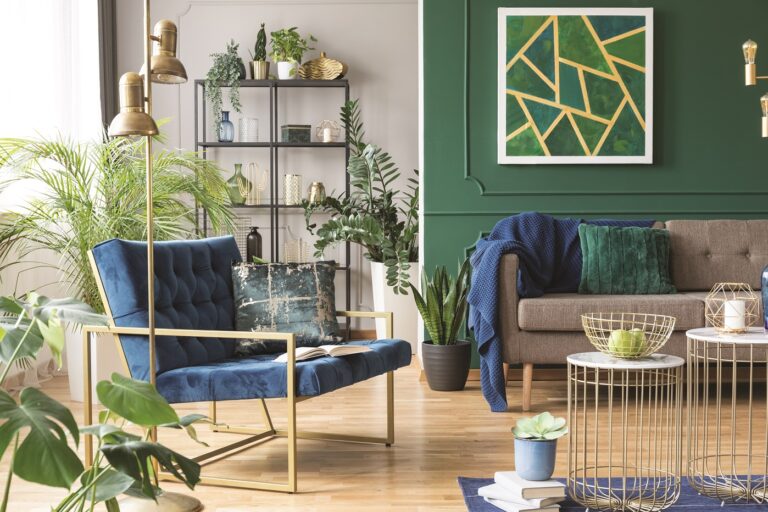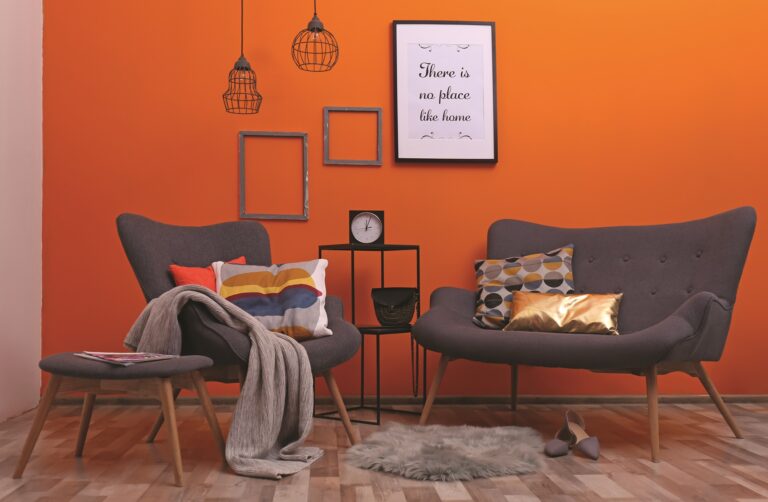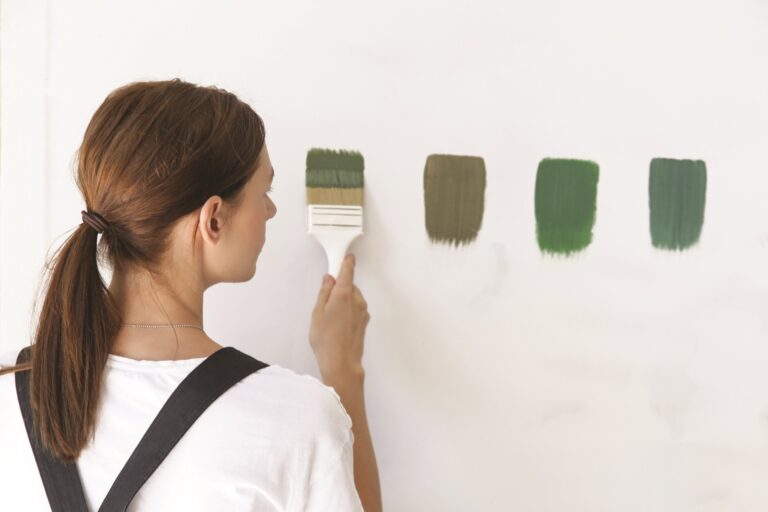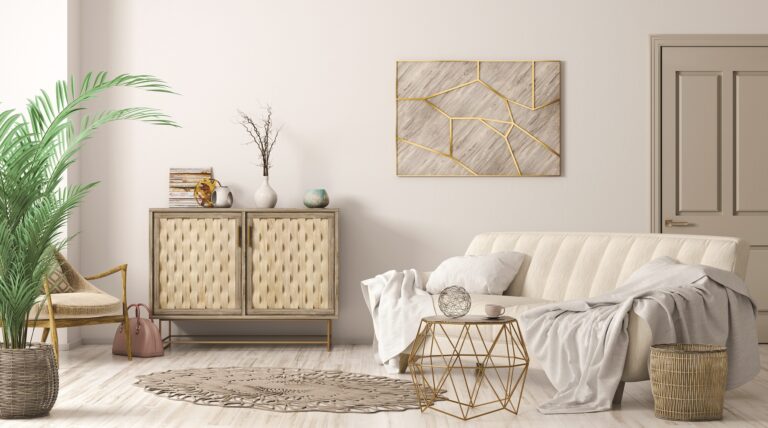The effect of room colouring depends on different light sources. By judicious use of colours and light, we can illuminate all dark and hidden areas in the apartment. However, when planning the colour combination of an individual room it is always important to consider natural and artificial light in the room itself.
When choosing colours, we must remember that they are influenced by both natural and artificial light. “Each colour reflects into the room. The less natural light there is, the more the colour will reflect. For instance: if we have a blue wall, we need to know that this bluish shade will also reflect on the white walls and they will look bluish. If we do not want a too cold atmosphere, it is good to choose pink, apricot shades in dark rooms, which add warmth.
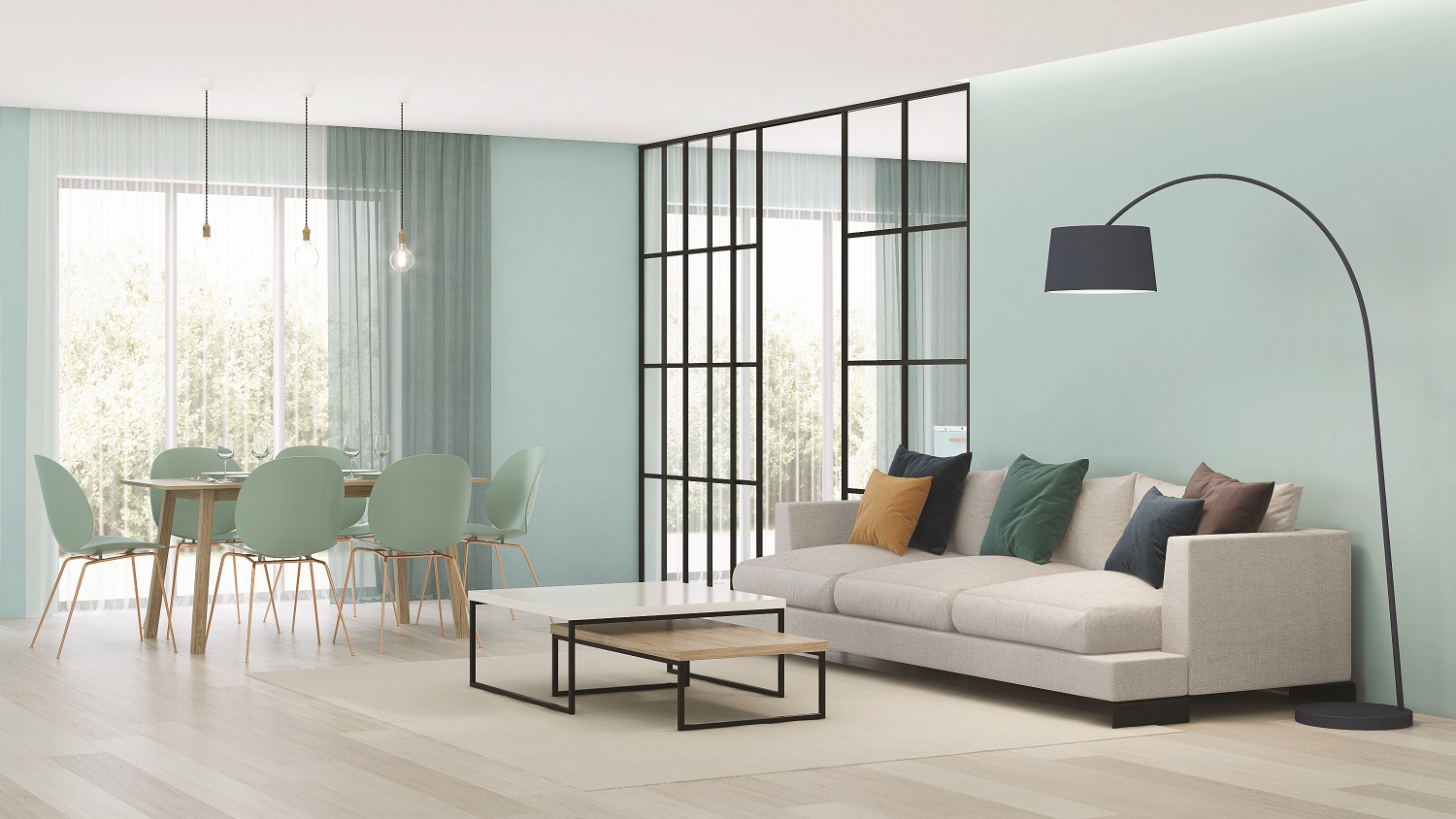
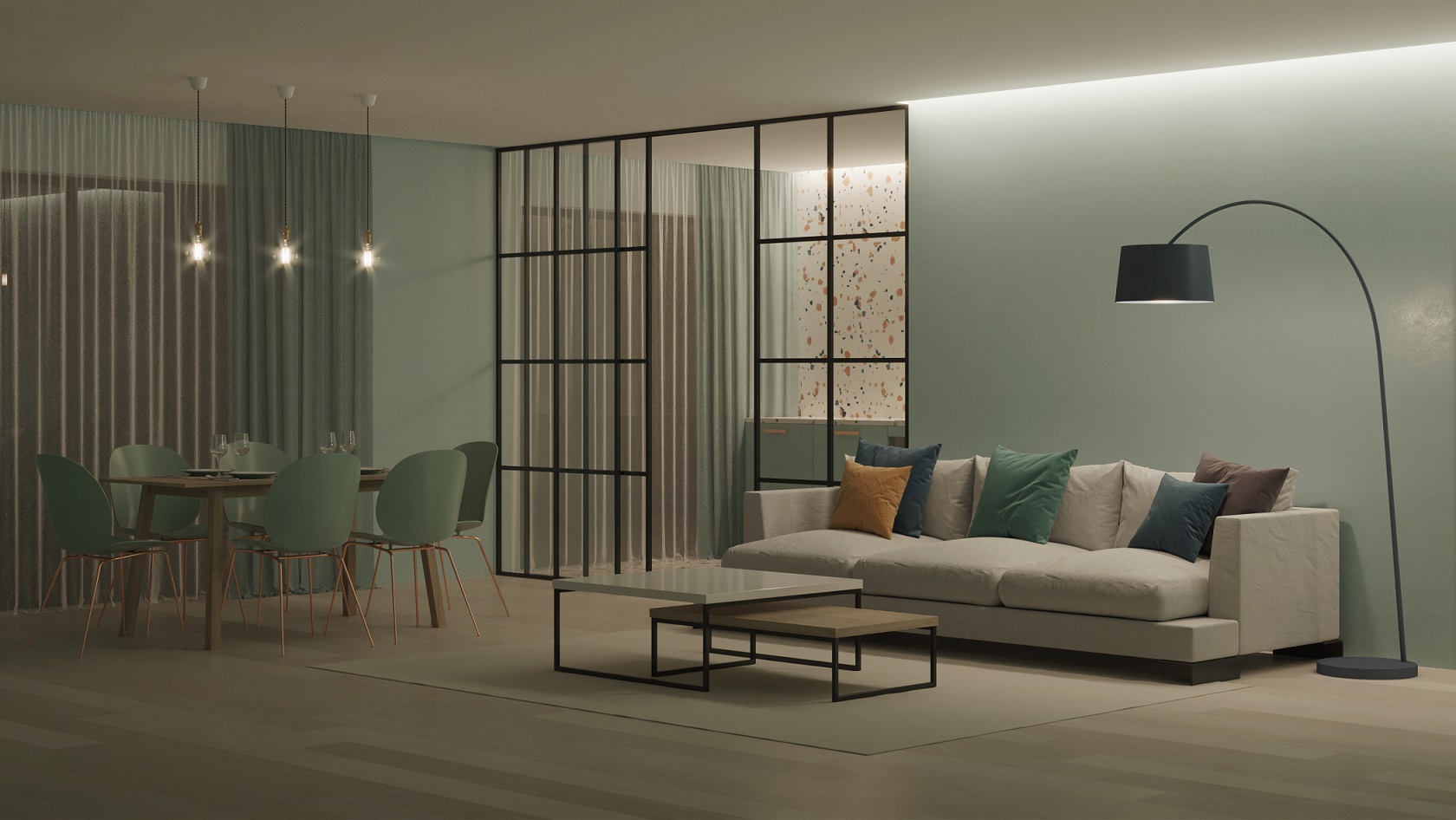
Any artificial light significantly changes the colour, especially if we choose warm light that has a yellowish undertone. This means that in the evening, when the lights are on, these colours will glow more. Due to the yellowish undertone, they will appear differently than in daylight.
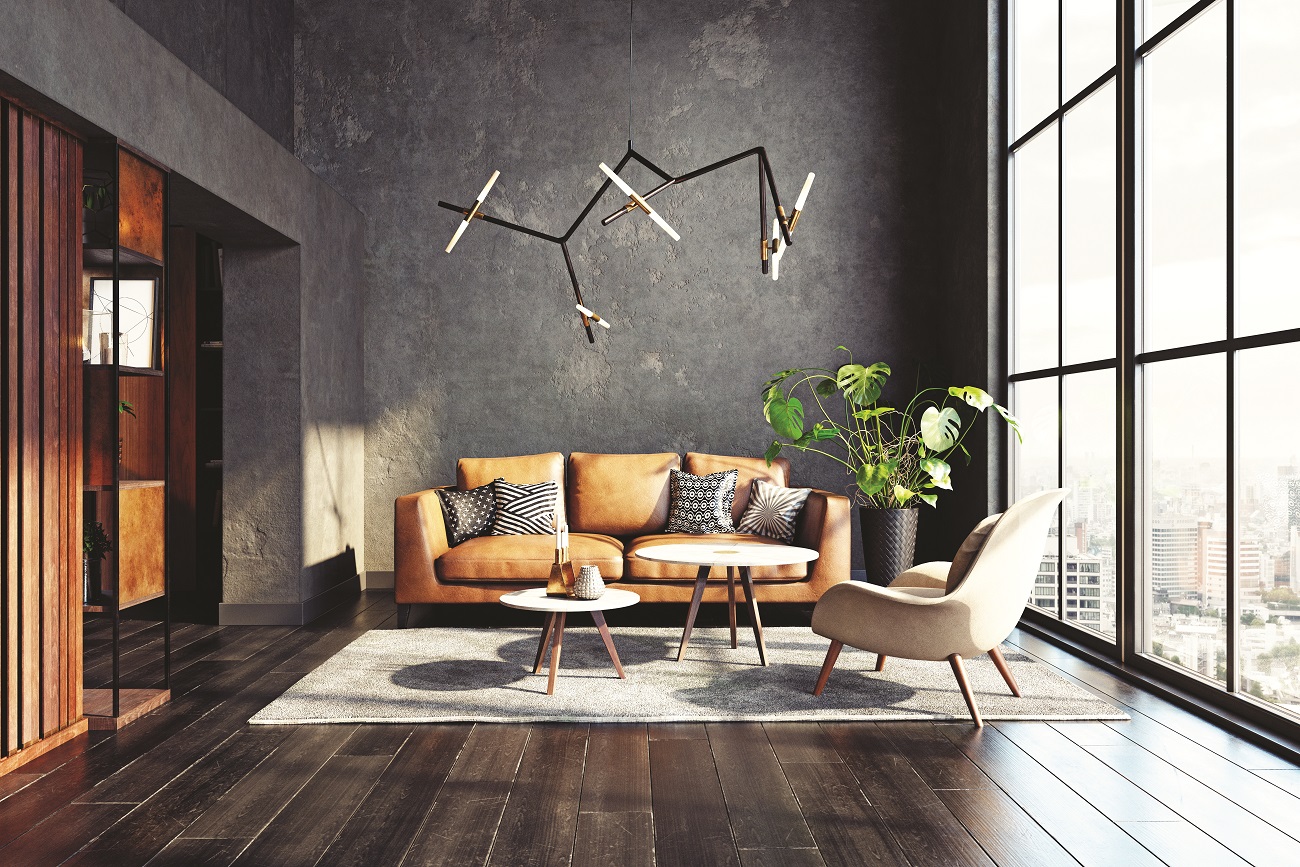
Optical effects of colour in the room
In general, the choice of warm colours seems to reduce the size of the space and to bring the elements in the room closer together, while cool colours seem to enlarge the space and move the elements further apart.
For instance, if we want to enlarge a small, dark space, we can do it by painting it with light, but at the same time cold tones. On the contrary, if we want to optically reduce the space, we should use warm colours.
We can also optically lower or raise the rooms. If the ceiling is painted with bright colours, e.g. with white, the room will be optically higher. A room that seems too high can be optically lowered by painting it in a darker shade.
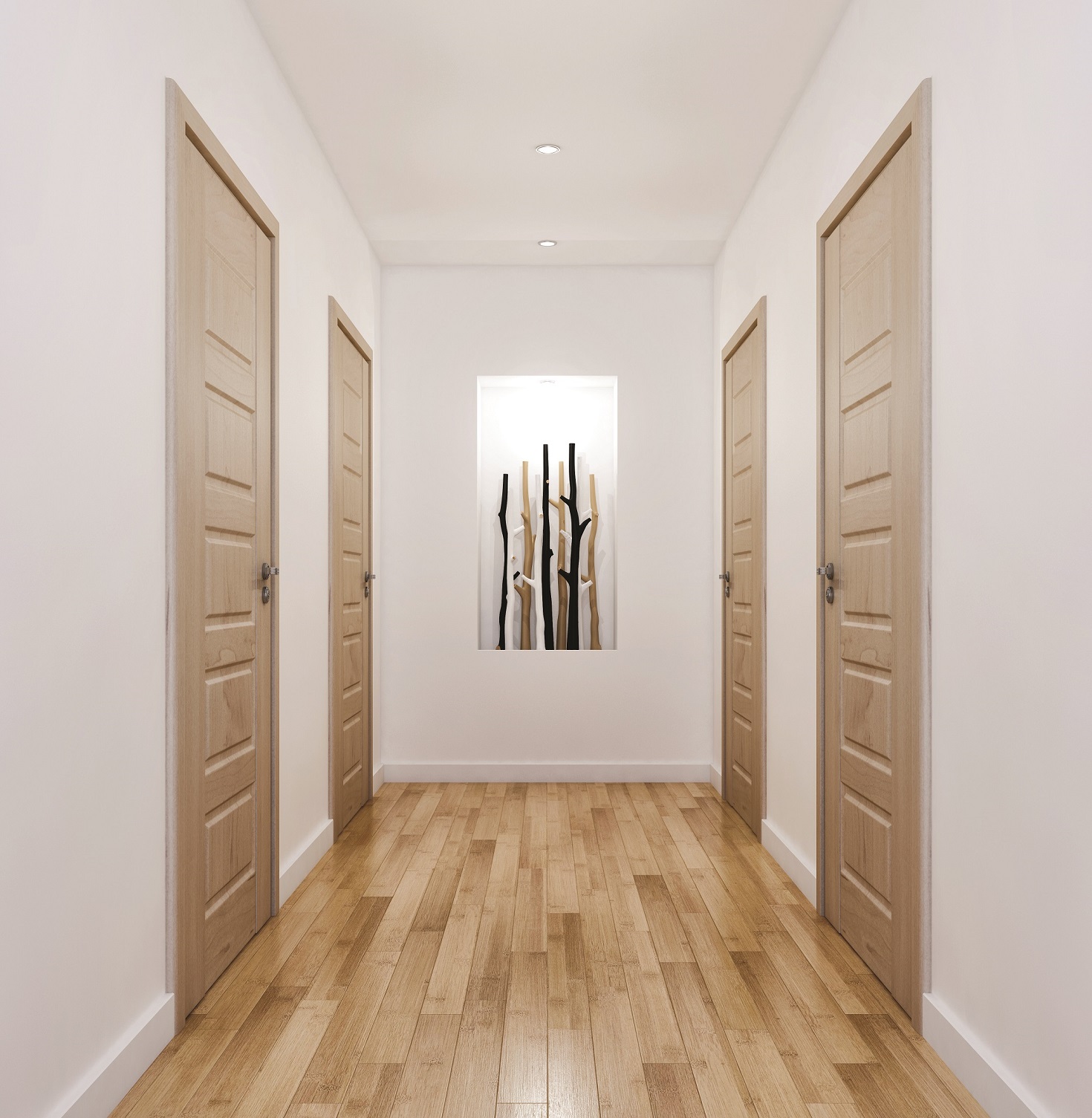
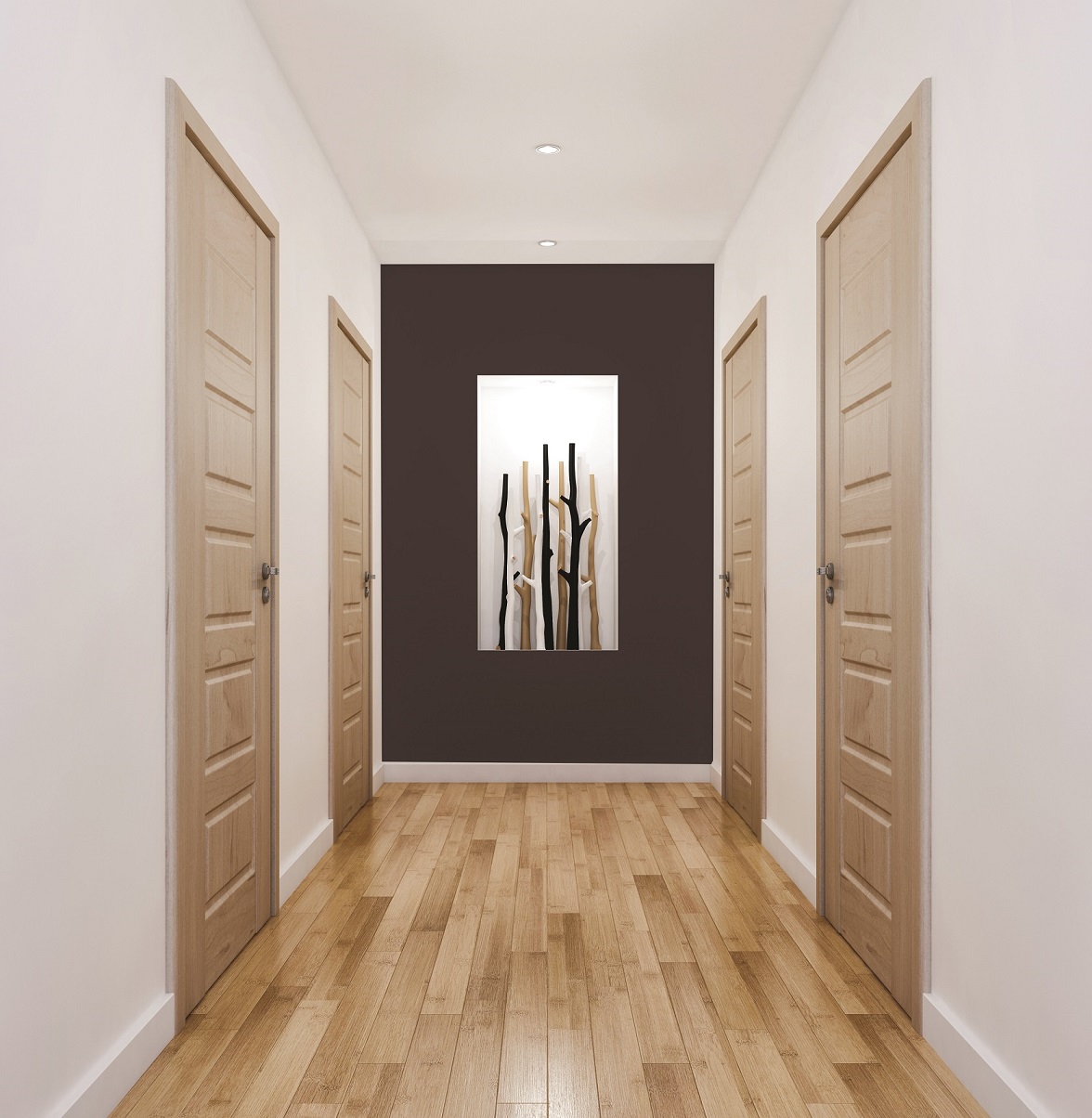
Colour can be used to emphasize or hide the actual size of a room. For instance, we can “shorten” a long corridor by using a strong colour at the end of the corridor or hanging a picture that catches our eye.
When combining colours in the apartment, we must be careful not to exaggerate and not to overload the space with colours and patterns. Suddenly it can be too much if there is no wall to rest your eyes on.
In very small rooms, we do not recommend using a combination of several colours on the walls in the same room. One colour alone is enough, or white with coloured accessories. With the latter, we can leave a lot of creative freedom and design a very colourful ambience.
